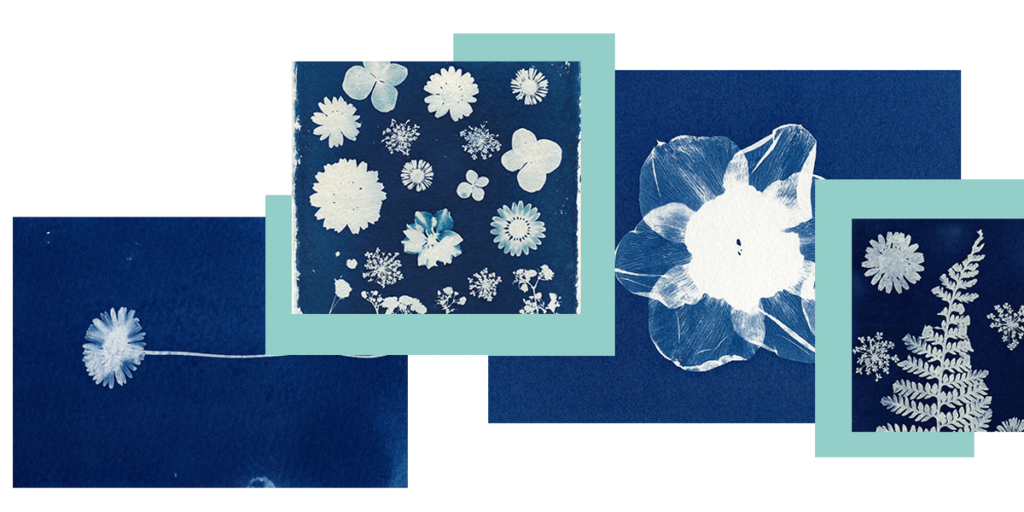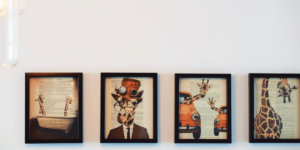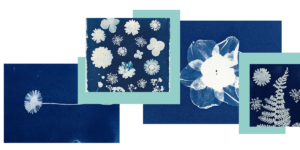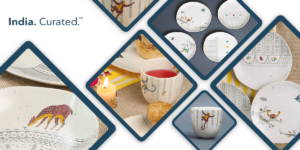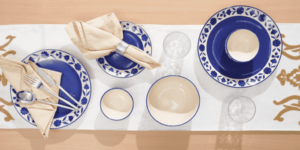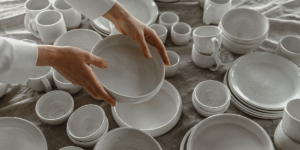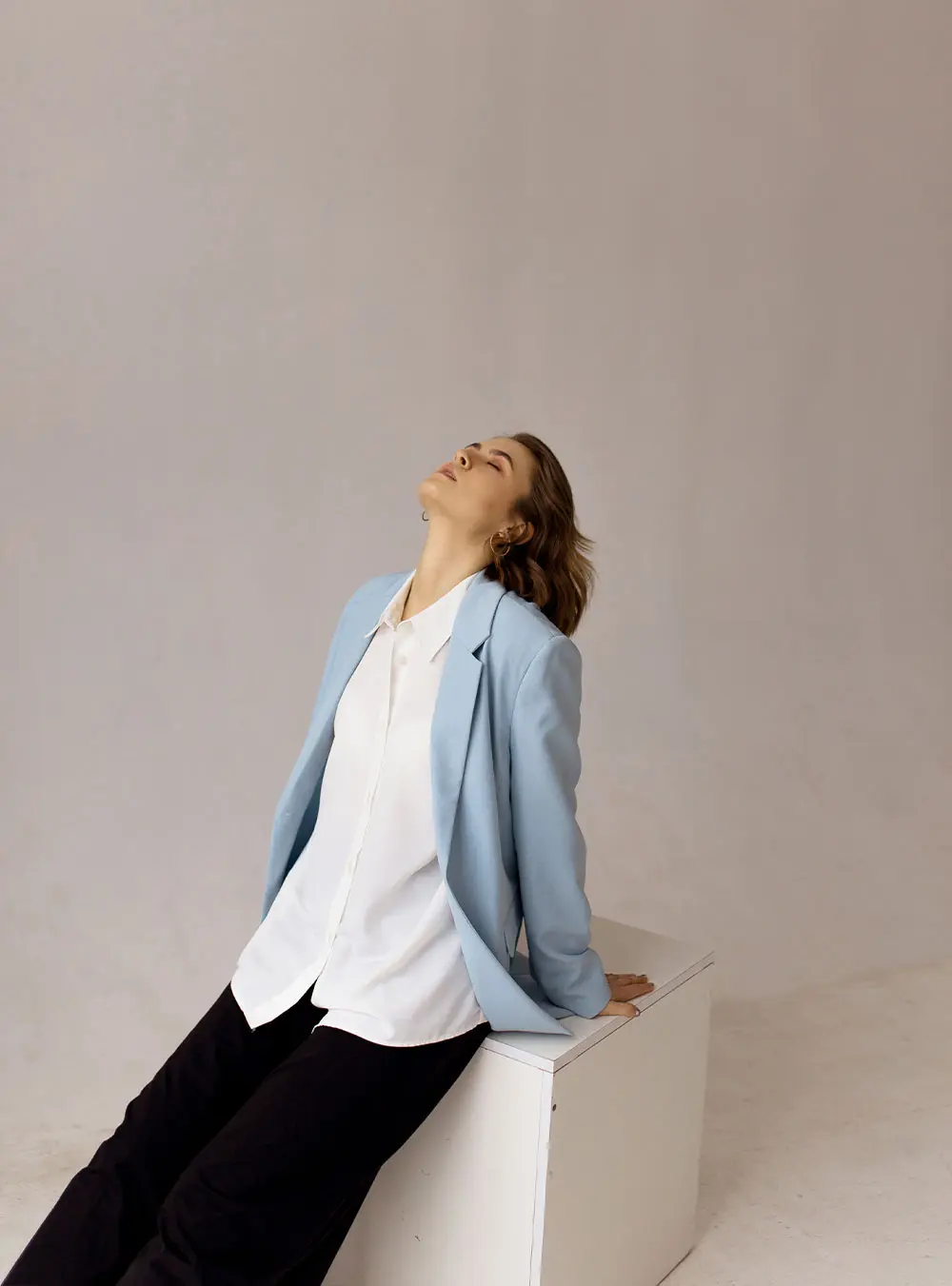Cyanotype art and photography is an alternative photographic processes that involve creating images using a photosensitive solution and sunlight. While it has been around for over a century, it has experienced a resurgence in recent years, particularly among artists and creatives who are looking for unique and experimental ways to create images.
In India, a group of artisans have taken this traditional photographic process and infused it with a new sense of vibrancy and energy, creating stunning works of art. Moreover, conventional photographic techniques such as cyanotype art allow you to capture the essence of the country’s rich cultural heritage.
The Indian artisans have taken this process and added their unique twist to it with their supreme skills and graceful fluidity. Anyone can create stunning cyanotype art and prints that are both contemporary and rooted in tradition by using intricate designs inspired by traditional Indian art.
Let’s discuss some interesting facts about cyanotype art:
What is Cyanotype Art?
Cyanotype art is a photographic printing process that results in blueprints involving specially coated paper and light. To begin the process, place the coated paper on a flat surface. You can set it with the side to be printed facing upwards and then place a clear negative of the image on top of the paper.
You can then expose the negative to a bright light source, such as a UV lamp, for a set period. The light passes through the clear areas of the negative and reacts with the light-sensitive chemicals on the coated paper. It causes a chemical reaction that creates a blue-colored image.
You can rinse the paper with water to eliminate any remaining light-sensitive chemicals.
Moreover, allow it to dry after exposure. Furthermore, the resulting blueprint exhibits a high-quality reproduction of the original image. It also has a characteristic blue hue that people commonly associate with architectural and engineering drawings.
How Do the Images Appear on Cyanotype Prints?
Cyanotype art and prints are known for their distinctive blue color. Images appear as a result of a chemical reaction between two solutions, ferric ammonium citrate, and potassium ferricyanide, that are brushed onto paper or another substrate. When exposed to UV light, typically from the sun or a specialized light source, the two solutions react to form a blue pigment. The areas of the paper that are exposed to the light will turn blue, while the areas that are shielded from the light will remain white. This creates a unique, monochromatic image with a blue-tinted hue. The process was originally used for architectural and engineering plans but has since become a popular artistic technique.
How Do You Make a Cyanotype Art?
Creating a basic cyanotype printing is very easy. For beginners, to make a cyanotype art, you will need the following materials:
- Cyanotype chemicals (Also Known as ferric ammonium citrate and potassium ferricyanide)
- Water
- Measuring cups and spoons
- Mixing bowl or container
- Brush or foam brush
- Substrate (paper, fabric, etc.)
- Contact printing frame or a sheet of glass and binder clips
- UV light source (sun or specialized lightbox)
- The water source for washing the print
- Drying rack or towels
Here are the steps to make a cyanotype art:
- Mix equal parts of the cyanotype chemicals (ferric ammonium citrate and potassium ferricyanide) in a mixing bowl or container. Use a measuring cup and spoon to ensure accuracy.
- Add enough water to the mixture to cover your substrate. Mix thoroughly.
- Use a brush or foam brush to apply the cyanotype solution to your substrate. Additionally, you need to ensure that the solution is evenly applied.
- Allow the substrate to dry completely in a dark place, away from UV light.
- Once the substrate is dry, place it in a contact printing frame or sandwich it between a sheet of glass and binder clips. The negative image can be placed on top of the substrate if you are using one.
- Expose the substrate to UV light for several minutes. Exposure time will vary depending on the light source and the strength of the sunlight, but a good rule of thumb is 5-15 minutes.
- After exposure, remove the substrate from the frame or glass and wash it in a water source for several minutes until it is clear. This stops the chemical reaction.
- Allow the print to dry thoroughly on a rack or towel before displaying or storing it.
That’s it! You can create beautiful, unique cyanotype art and prints with a bit of practice.
The Future of Cyanotype Art and Printing
Cyanotype art and printing is the artistic process that showcases the journey of Indian artisans from old traditional printing to contemporary photography. The future of cyanotype art and printing looks bright as this historic photographic process continues to gain popularity among contemporary photographers and artists. Here are some trends and developments that may shape the future of cyanotype art and printing:
Hybrid Printing Techniques:
Many artists are experimenting with combining cyanotype art with other photographic and printing techniques, such as digital printing, alternative processes like gum bichromate or platinum/palladium printing, or even traditional darkroom processes. These hybrid techniques allow for greater creative freedom and can produce unique and stunning results.
Sustainability:
As environmental concerns become more pressing, many artists are seeking out eco-friendly alternatives to traditional photographic processes. Cyanotype is appealing in this regard, as it requires relatively simple and non-toxic chemicals and can be printed using natural sunlight.
Digital Negatives:
While cyanotype art traditionally relies on contact printing with a physical negative, some artists use digital negatives instead. This allows for greater precision and control over the final image and facilitates the use of hybrid printing techniques.
New Applications:
As cyanotype art continues gaining popularity, we may see it used in new and unexpected contexts. For example, some scientists are exploring using cyanotype to create solar cells. You can make low-cost, environmentally-friendly energy sources by using the cyanotype technique.
Cyanotype Photography & Its Industrial Applications:
This artistic process holds industrial applications which include:
Textile Industry:
The cyanotype art technique is also used to create unique fabric designs. It includes clothing, accessories, and home decor. You can shop beautiful handbags and wall decor from ExpoBazaar, a cross-border B2B eCommerce platform. Click here!
Fine Art:
Cyanotype art and photography is also commonly used in fine art to create unique and creative photographic prints—the blue-toned images created by the process. You can also incorporate it into mixed media works or as standalone pieces.
Architecture:
You can also use Cyanotype printing to create blueprints of building plans or construction drawings in the architecture industry. Moreover, This process can be useful for creating large-format prints of plans or drawings that are difficult to produce using traditional printing methods.
Science and Research:
Cyanotype art has a long history in the scientific community. It has been used to create blueprints of engineering plans, diagrams, and maps. You can also use it in scientific research applications to create images of biological specimens or record data.
Education:
Cyanotype art is a popular process for teaching photography in schools, colleges, and universities. You can also use this process to teach students about photography’s history and alternative photographic processes.
Conclusion
This traditional and unique photographic process also draws the attention of many artists and creatives. With the demand for handcrafted and one-of-a-kind art, cyanotype art and prints are becoming a popular choice in the global market.
Furthermore, the cyanotype printing in textiles and fashion accessories in India are attracting regional as well as global audiences. It is also a stunning artwork reflecting the country’s rich cultural heritage. Many styles and designs are also available across eCommerce platforms like ExpoBazaar.

